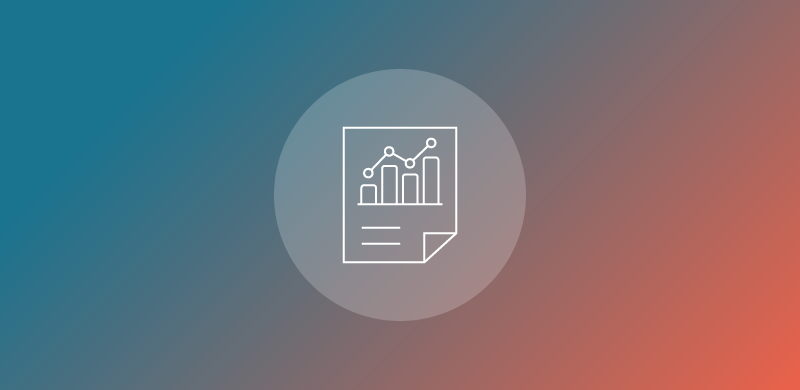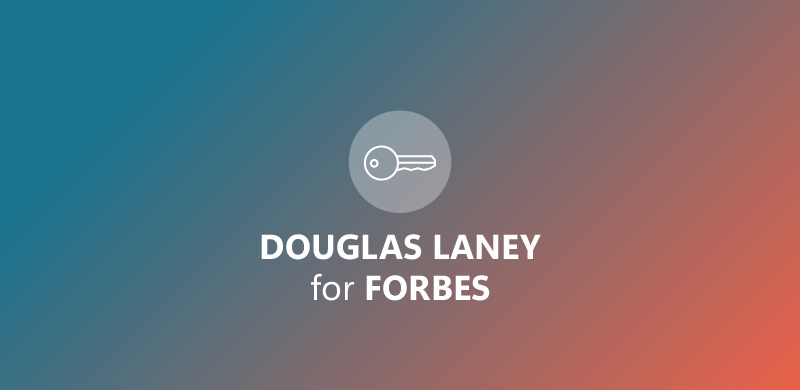Larissa Baier is a Senior Analyst in the Data & Analytics field, combining expertise in consulting projects and research. She supports end customers with strategic questions regarding BI and analytics front ends, including architectural design, usage scenarios, and software selection. Her focus lies on BI and analytics front ends for dashboards, reporting, analysis, planning, self-service analytics as well as GenAI Copilots. A particular area of expertise lies in assisting SAP customers in deriving added value from their data.
In the research domain, Larissa is responsible for the “Score” and “Reviews” product lines and serves as the product manager for the “BARC Score Enterprise BI & Analytics Platforms“. Additionally, she contributes as a co-author to various market analyses, including the “BI & Analytics Survey” and the “BARC Data, BI, and Analytics Trend Monitor“.






